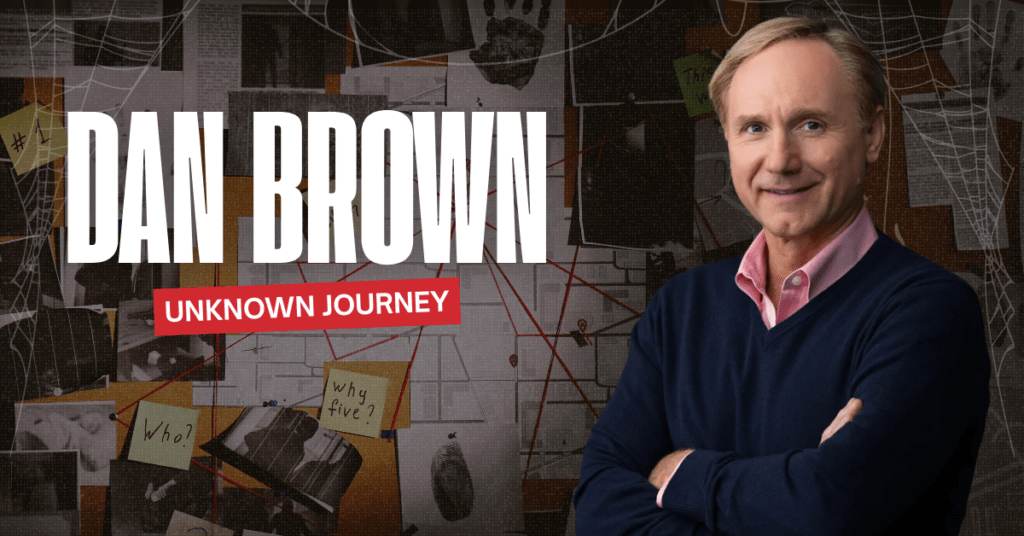Introduction
Imagine a world where ancient secrets, cryptic symbols, and high-stakes conspiracies collide with modern-day adventures. Welcome to the captivating realm of Dan Brown books! 🕵️♂️🔍
From the Vatican’s hidden chambers to the streets of Paris, Brown’s novels have taken millions of readers on exhilarating journeys, blending fact with fiction in a way that leaves us questioning what we thought we knew. But what makes his books so irresistible? Is it the enigmatic protagonist Robert Langdon, the intricate puzzles, or the controversial themes that often challenge established beliefs?
In this blog post, we’ll dive deep into the world of Dan Brown, exploring his bestselling Robert Langdon series, his lesser-known standalone novels, and the unique writing style that has made him a household name. We’ll also examine how his books have impacted popular culture and peek behind the curtain at his meticulous research process. So, grab your symbology handbook and join us on this thrilling literary adventure! 🚀📚

Robert Langdon Series: The Heart of Dan Brown’s Success
A. The Da Vinci Code: A Global Phenomenon
“The Da Vinci Code” catapulted Dan Brown to international fame, becoming a cultural touchstone that sparked debates and controversy worldwide. This thriller masterfully blends art, history, and religion, following symbologist Robert Langdon as he unravels a centuries-old mystery.
Key elements that contributed to its phenomenal success include:
- Controversial religious themes
- Fast-paced narrative
- Intricate puzzles and codes
- Blend of fact and fiction
The novel’s impact extended far beyond literature, influencing:
- Tourism (increased visits to featured locations)
- Academic discussions
- Film adaptation starring Tom Hanks
| Aspect | Impact |
| Book Sales | Over 80 million copies sold |
| Languages | Translated into 44 languages |
| Film Adaptation | Grossed $758 million worldwide |
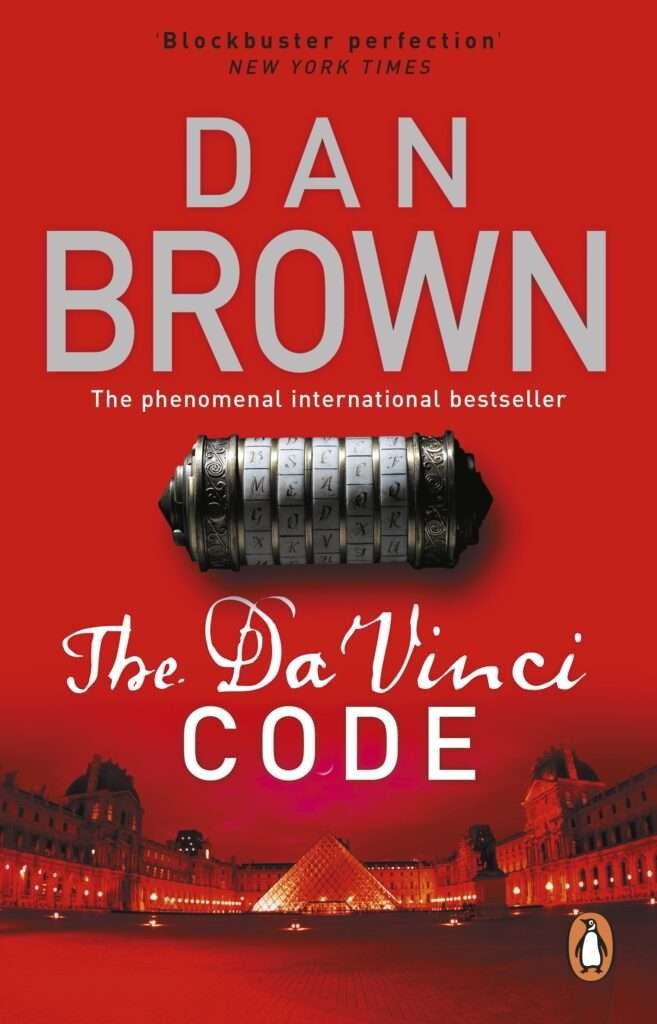
B. Angels & Demons: Where it All Began
While “The Da Vinci Code” brought Brown widespread recognition, “Angels & Demons” actually introduced Robert Langdon to the world. This thrilling precursor sets the stage for Brown’s signature style:
- Blend of science and religion
- High-stakes race against time
- Exploration of secret societies
The novel delves into the conflict between the Catholic Church and the Illuminati, showcasing Brown’s ability to weave historical facts with gripping fiction.
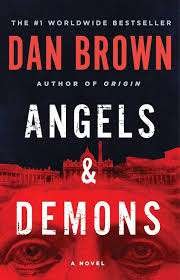
C. The Lost Symbol: Unveiling Masonic Secrets
Following the success of its predecessors, “The Lost Symbol” takes readers on a journey through Washington D.C.’s hidden history. This installment explores:
- Freemasonry and its symbols
- Noetic science
- America’s founding fathers
Brown’s meticulous research shines through, offering readers a new perspective on familiar landmarks and historical figures.
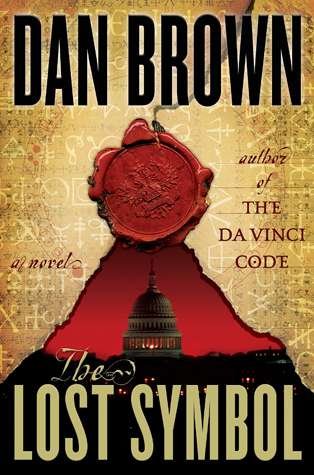
D. Inferno: A Race Against Time
“Inferno” marks a shift in Brown’s storytelling, tackling contemporary issues like overpopulation. Set against the backdrop of Dante’s work, this novel:
- Explores bioethics and global health concerns
- Showcases Italian art and architecture
- Presents a morally ambiguous antagonist
The book’s exploration of pressing global issues demonstrates Brown’s ability to evolve while maintaining his signature style.
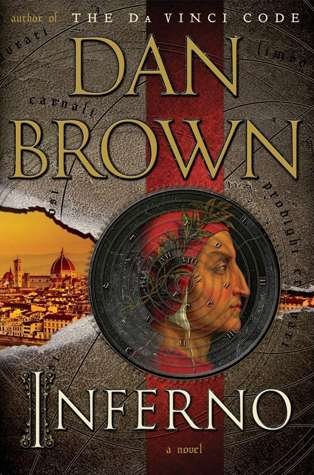
E. Origin: Exploring the Future of Humanity
In “Origin,” Brown pushes the boundaries of the Langdon series, delving into cutting-edge technology and existential questions. Key themes include:
- Artificial intelligence
- The origins of human life
- The future of religion
This novel showcases Brown’s ability to adapt his formula to contemporary concerns, keeping the series fresh and relevant.
The Robert Langdon series has become the cornerstone of Dan Brown’s success, captivating readers with its blend of history, art, and thrilling adventures. Each installment builds upon the last, expanding the universe while maintaining the core elements that fans have come to love. As we delve deeper into Brown’s work, we’ll explore how his standalone novels complement and contrast with the Langdon series, offering a broader perspective on his literary contributions. – Dan Brown Books
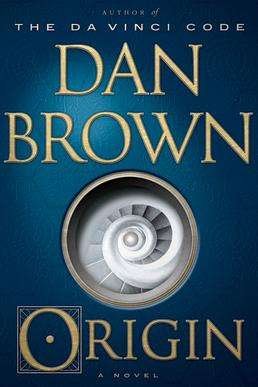
Standalone Novels: Beyond Robert Langdon
A. Digital Fortress: Cryptography and Conspiracy
While Dan Brown is best known for his Robert Langdon series, his standalone novels showcase his versatility as an author. “Digital Fortress,” published in 1998, was Brown’s debut novel and introduced readers to his signature blend of technology, conspiracy, and high-stakes thrills.
Set in the world of cryptography and cybersecurity, “Digital Fortress” follows NSA cryptographer Susan Fletcher as she races against time to prevent a catastrophic breach of national security. The novel delves deep into the complexities of encryption and the ethical dilemmas surrounding privacy and government surveillance.
Key elements of “Digital Fortress” include:
- Complex cryptographic puzzles
- Exploration of the balance between national security and personal privacy
- Fast-paced action and plot twists
- Detailed descriptions of NSA operations and technology
| Aspect | Description |
| Setting | National Security Agency (NSA) headquarters |
| Main Character | Susan Fletcher, cryptographer |
| Central Conflict | Preventing a potentially devastating cyber attack |
| Themes | Privacy vs. Security, Ethics in Technology |

B. Deception Point: Science and Politics Collide
Published in 2001, “Deception Point” showcases Brown’s ability to weave scientific intrigue with political machinations. This standalone thriller takes readers on a journey from the icy landscapes of the Arctic to the corridors of power in Washington, D.C.
The story revolves around intelligence analyst Rachel Sexton, who becomes embroiled in a high-stakes deception involving NASA, the White House, and a groundbreaking scientific discovery. Brown’s meticulous research shines through as he explores the intersection of cutting-edge science, political ambition, and the quest for truth. – Dan Brown Books
Key aspects of “Deception Point” include:
- Intricate scientific details and explanations
- Political intrigue and power struggles
- Exploration of the relationship between government and scientific research
- Thought-provoking ethical dilemmas
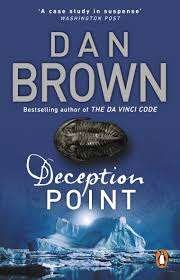
C. Wild Symphony: Brown’s Foray into Children’s Literature
In a surprising departure from his usual thrillers, Dan Brown ventured into children’s literature with “Wild Symphony” in 2020. This unique project combines a picture book with a classical music album, showcasing Brown’s multifaceted creativity.
“Wild Symphony” follows Maestro Mouse and his animal friends on a journey of discovery, teaching young readers about music and life lessons along the way. Each spread features a poem about a different animal, accompanied by a corresponding musical piece composed by Brown himself.
Notable features of “Wild Symphony”:
- Educational content blending music and literature
- Vibrant illustrations by Susan Batori
- Interactive elements, including a smartphone app for enhanced experience
- Positive messages about friendship, creativity, and perseverance
Now that we’ve explored Dan Brown’s standalone novels and his venture into children’s literature, let’s delve into the distinctive writing style and recurring themes that have made his works so captivating to readers worldwide.

Dan Brown’s Writing Style and Themes
Blending Fact and Fiction
Dan Brown’s mastery in weaving fact and fiction is a hallmark of his writing style. His novels seamlessly integrate historical facts, scientific concepts, and real-world locations with fictional narratives, creating a thrilling and immersive reading experience. This unique approach not only entertains but also educates readers, sparking curiosity about various subjects. – Dan Brown Books
| Aspect | Real-World Elements | Fictional Elements |
| Settings | Actual locations (e.g., Louvre, Vatican) | Secret passages, hidden rooms |
| Characters | Historical figures | Fictional protagonists and antagonists |
| Concepts | Scientific theories, historical events | Conspiracy theories, fictional organizations |
Brown’s ability to blur the lines between reality and fiction has contributed significantly to the popularity of his books, particularly the Robert Langdon series. Readers often find themselves questioning what’s real and what’s invented, leading to further research and discussion.
Symbolism and Codes
At the heart of Dan Brown’s narratives lies a rich tapestry of symbolism and codes. His protagonists, especially Robert Langdon, are often experts in symbology, deciphering hidden meanings and solving complex puzzles. This aspect of Brown’s writing style adds layers of depth to his stories and engages readers in the process of unraveling mysteries alongside the characters.
Key elements of symbolism and codes in Dan Brown’s books include:
- Ancient symbols and their modern interpretations
- Cryptography and hidden messages
- Artistic masterpieces concealing secrets
- Architectural designs with hidden meanings
These elements not only drive the plot forward but also provide readers with a sense of intellectual challenge and satisfaction as they piece together clues throughout the story.
Controversial Religious Topics
Dan Brown’s writing often delves into controversial religious topics, challenging established beliefs and exploring alternative theories about religious history. This aspect of his work has sparked both intense interest and criticism, contributing to the widespread discussion of his books.
Some of the controversial religious themes explored in Dan Brown’s novels include:
- Alternative interpretations of religious texts
- Secret societies within religious organizations
- The role of women in religious history
- Conflicts between science and faith
While these themes have sometimes led to backlash from religious groups, they have also sparked broader conversations about faith, history, and the nature of belief in the modern world.
Science and Technology
In addition to religious themes, Dan Brown’s writing style incorporates cutting-edge science and technology, often exploring their potential impact on society and human existence. This blend of scientific concepts with thriller elements adds a futuristic and thought-provoking dimension to his stories. – Dan Brown Books
Brown’s novels frequently feature:
- Artificial intelligence and its ethical implications
- Quantum computing and its potential applications
- Genetic engineering and human evolution
- Theoretical physics and its philosophical implications
By integrating these scientific and technological elements, Brown not only entertains but also encourages readers to contemplate the future of humanity and the ethical considerations surrounding scientific advancements.
As we move forward, it’s important to consider how Dan Brown’s unique writing style and thematic choices have contributed to his immense impact on popular culture, shaping discussions and influencing perceptions across various fields.

Impact on Popular Culture | Dan Brown Books
Film Adaptations | Dan Brown Books
Dan Brown’s novels, particularly those in the Robert Langdon series, have made a significant impact on popular culture through their successful film adaptations. The most notable of these is “The Da Vinci Code,” starring Tom Hanks as Robert Langdon. The film’s release in 2006 sparked a global phenomenon, grossing over $758 million worldwide and further propelling the book’s popularity. – Dan Brown Books
Here’s a table showcasing the major film adaptations of Dan Brown’s novels:
| Book Title | Film Release Year | Lead Actor | Box Office Gross |
| The Da Vinci Code | 2006 | Tom Hanks | $758 million |
| Angels & Demons | 2009 | Tom Hanks | $485 million |
| Inferno | 2016 | Tom Hanks | $220 million |
These adaptations have not only brought Brown’s intricate plots and historical mysteries to a wider audience but have also influenced the thriller genre in cinema, inspiring a new wave of conspiracy-themed films.
Increased Interest in Art and History | Dan Brown Books
One of the most profound impacts of Dan Brown’s books on popular culture has been the renewed interest in art, history, and symbology. The Robert Langdon series, in particular, has sparked curiosity about:
- Renaissance art and artists
- Religious history and symbolism
- Ancient secret societies
- Architectural landmarks
This increased interest has led to:
- A surge in tourism to locations featured in the books
- Higher attendance at museums and historical sites
- Increased enrollment in art history and symbology courses
- A proliferation of books, documentaries, and websites exploring the themes in Brown’s novels
The “Dan Brown effect” has thus contributed to a broader cultural engagement with history and art, making these subjects more accessible and intriguing to the general public.
Criticism and Controversy | Dan Brown Books
While Dan Brown’s books have enjoyed immense popularity, they have also been the subject of significant criticism and controversy. Some of the main points of contention include:
- Historical accuracy: Critics argue that Brown blurs the line between fact and fiction, potentially misleading readers about historical events and figures.
- Religious sensitivity: The portrayal of religious organizations, particularly the Catholic Church, has sparked outrage among some religious groups.
- Literary merit: Some critics argue that Brown’s writing style lacks sophistication, despite its commercial success.
These controversies have led to:
- Heated debates in academic and religious circles
- Legal challenges and bans in some countries
- A surge in “debunking” literature and documentaries
Despite the criticism, the controversies have often served to fuel public interest in Brown’s work, contributing to its ongoing cultural relevance and impact.
Now that we’ve explored the significant impact of Dan Brown’s books on popular culture, let’s delve into the author’s meticulous research process, which forms the foundation of his compelling narratives. – Dan Brown Books

Dan Brown’s Research Process | Dan Brown Books
On-Location Visits | Dan Brown Books
Dan Brown’s commitment to authenticity shines through his meticulous on-location research. The author believes that experiencing the settings firsthand is crucial for creating vivid, immersive narratives. Brown often spends weeks or even months exploring the locations that feature prominently in his novels.
During these visits, Brown:
- Observes architectural details
- Studies local customs and traditions
- Captures the atmosphere and ambiance
- Discovers hidden gems that add depth to his stories
For instance, while researching for “The Da Vinci Code,” Brown spent considerable time in Paris, exploring the Louvre and other significant landmarks. This hands-on approach allows him to paint accurate, compelling pictures of the settings in his readers’ minds.
Expert Consultations | Dan Brown Books
Brown’s novels are known for their intricate plots involving complex subjects like symbology, cryptography, and art history. To ensure accuracy and credibility, he regularly consults with experts in various fields. This process involves:
- Interviewing academics and professionals
- Attending lectures and seminars
- Studying academic papers and publications
Here’s a breakdown of some expert consultations for his popular novels:
| Novel | Expert Consultations |
| Angels & Demons | CERN scientists, Vatican historians |
| The Da Vinci Code | Art historians, religious scholars |
| Inferno | Dante specialists, WHO representatives |
| Origin | AI researchers, futurists |
These consultations not only provide Brown with accurate information but also inspire new plot twists and character developments.
Balancing Accuracy and Entertainment | Dan Brown Books
One of the most challenging aspects of Dan Brown’s research process is striking the right balance between factual accuracy and entertaining fiction. While his novels are rooted in extensive research, Brown understands the importance of crafting a compelling narrative that keeps readers engaged.
To achieve this balance, Brown:
- Uses factual information as a foundation for his stories
- Weaves fictional elements seamlessly into the factual backdrop
- Creates “what-if” scenarios based on real historical events or scientific concepts
- Employs artistic license to enhance dramatic tension
Brown’s approach to balancing accuracy and entertainment has been both praised and criticized. While some readers appreciate the blend of fact and fiction, others have questioned the historical or scientific accuracy of certain elements in his books.

Conclusion | Dan Brown Books
Now that we’ve explored Dan Brown’s research process, it’s clear that his commitment to thorough investigation and expert consultation plays a crucial role in creating the rich, detailed worlds that his readers have come to love. This meticulous approach, combined with his storytelling prowess, has undoubtedly contributed to the enduring popularity of his novels.
Dan Brown’s captivating novels have left an indelible mark on the literary world. From the thrilling adventures of Robert Langdon to his thought-provoking standalone works, Brown’s unique blend of history, art, and suspense has enthralled readers worldwide. His meticulous research process and ability to weave complex themes into page-turning narratives have set him apart as a master storyteller.
As we’ve explored Brown’s impressive body of work and its impact on popular culture, it’s clear that his books offer more than just entertainment. They challenge readers to question, learn, and engage with the world around them. Whether you’re a long-time fan or new to his novels, Dan Brown’s books promise an exhilarating journey through history, art, and the human imagination.
Check Out The Sources
Check Out More

